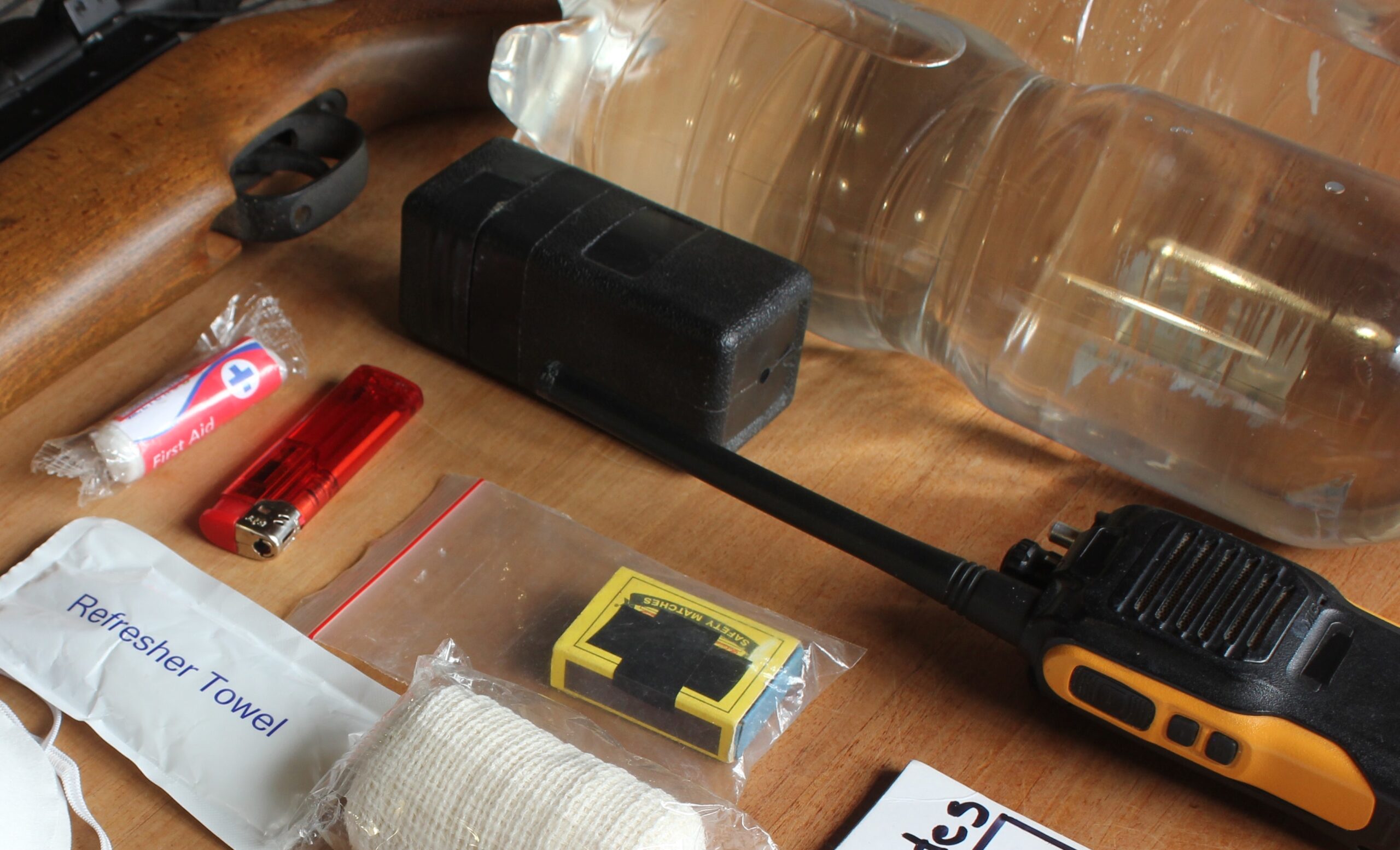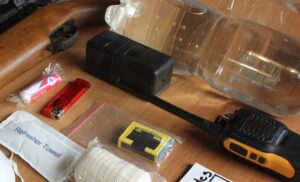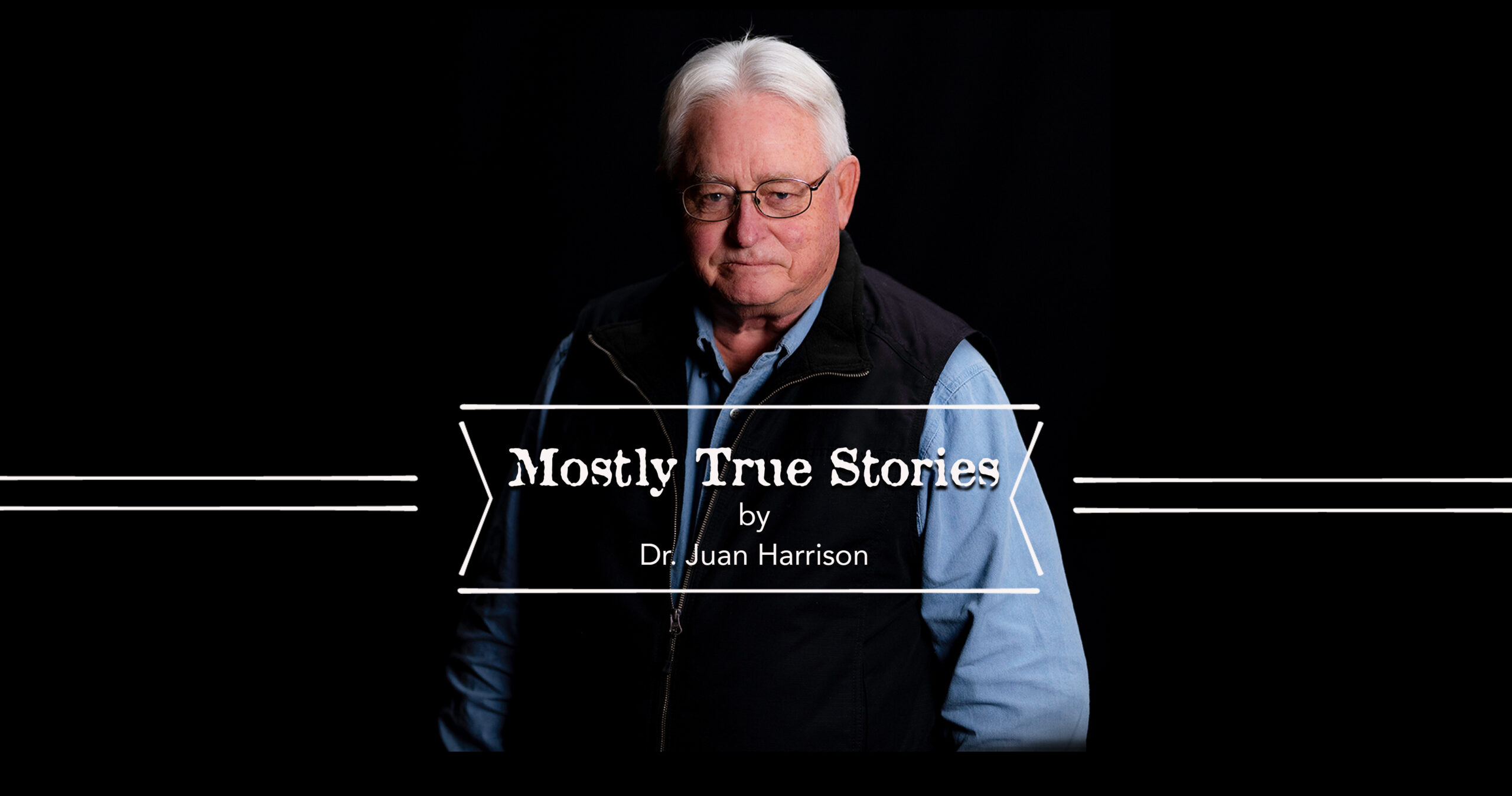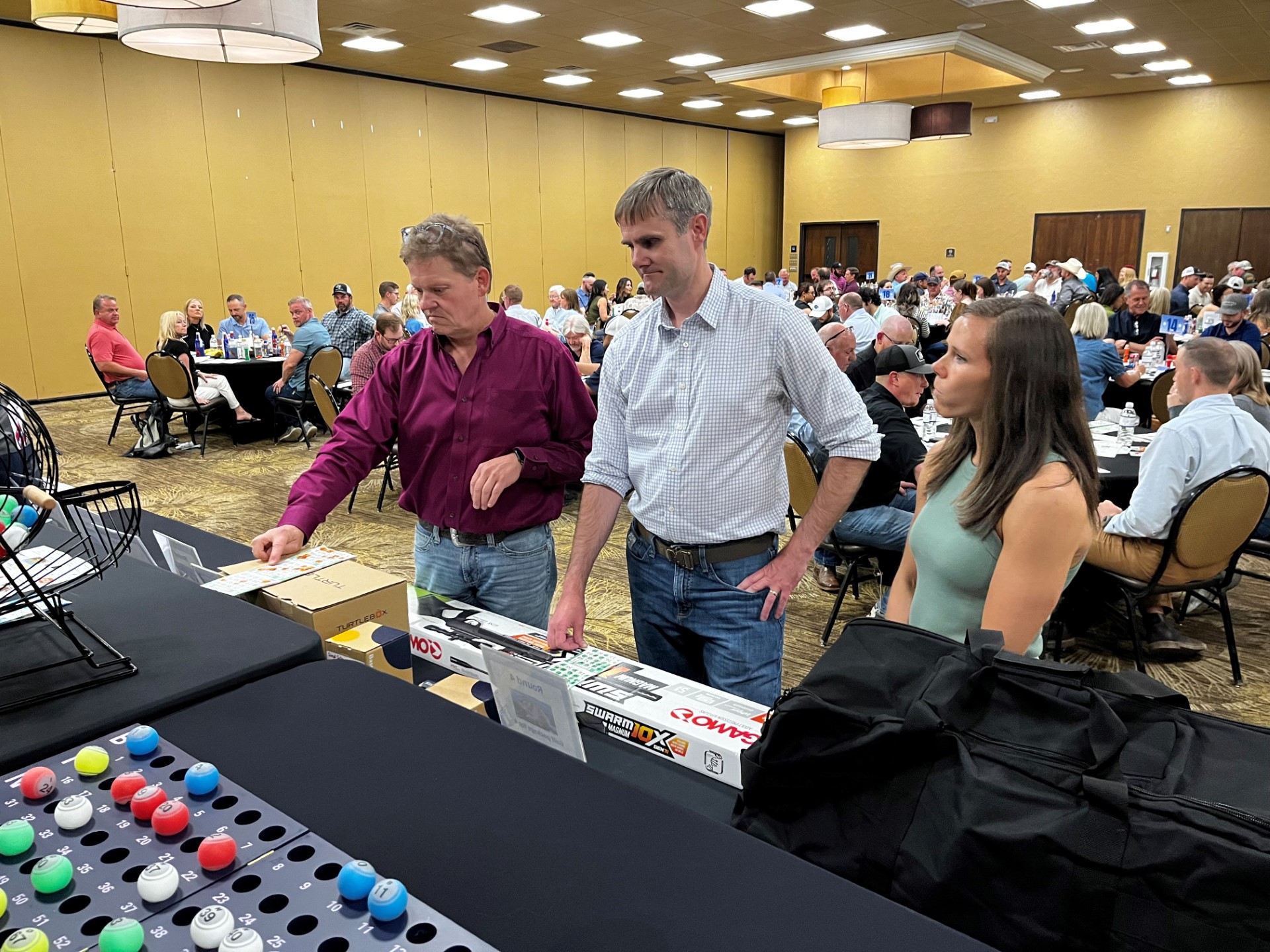Food Safety During a Disaster by Johanna Hicks


[adning id=”33097″]
Did you know that a flood, fire, national disaster, or the loss of power from high winds, snow, or ice could jeopardize the safety of your food? Knowing how to determine if food is safe and how to keep food safe will help minimize the potential loss of food and reduce the risk of food-borne illness. We practice basic safe food handling in our daily lives, but obtaining and storing food safely becomes more challenging during a power outage or natural disasters such as hurricanes and floods.
Keep an appliance thermometer in the refrigerator and freezer. An appliance thermometer will indicate the temperature a power outage and help determine the safety of the food.
- Make sure the freezer is at 0 °F (Fahrenheit) or below and the refrigerator is at 40 °F or below.
- Freeze containers of water for ice to help keep food cold in the freezer, refrigerator, or coolers after the power is out.
- Freeze refrigerated items such as leftovers, milk, and fresh meat and poultry that you may not need immediately-this helps keep them at a safe temperature longer.
- Plan ahead and know where dry ice and block ice can be purchased.
- Store food on shelves that will be safely out of the way of contaminated water in case of flooding.
- Have coolers on hand to keep refrigerator food cold if the power will be out for more than 4 hours.
- Purchase or make ice cubes and store in the freezer for use in the refrigerator or in a cooler. Freeze gel packs ahead of time for use in coolers.
- Group food together in the freezer—this helps the food stay cold longer.
There are a few steps to follow during and after an emergency.
- Never taste a food to determine its safety!
- Keep the refrigerator and freezer doors closed as much as possible to maintain the cold temperature.
- The refrigerator will keep food safely cold for about 4 hours if it is unopened. A full freezer will hold the temperature for approximately 48 hours (24 hours if it is half full and the door remains closed).
- Food may be safely refrozen if it still contains ice crystals or is at 40 °F or below.
- Do not eat any food that may have come into contact with flood water.
If the power has been out for several days, then check the temperature of the freezer with an appliance thermometer or food thermometer. If the food still contains ice crystals or is at 40 °F or below, the food is safe. Discard refrigerated perishable food such as meat, poultry, fish, soft cheeses, milk, eggs, leftovers, and deli items after 4 hours without power.
Most of all, when in doubt, throw it out!
Closing Thought
Live every moment, laugh every day, love beyond words.
[adning id=”33207″]
By Johanna Hicks












